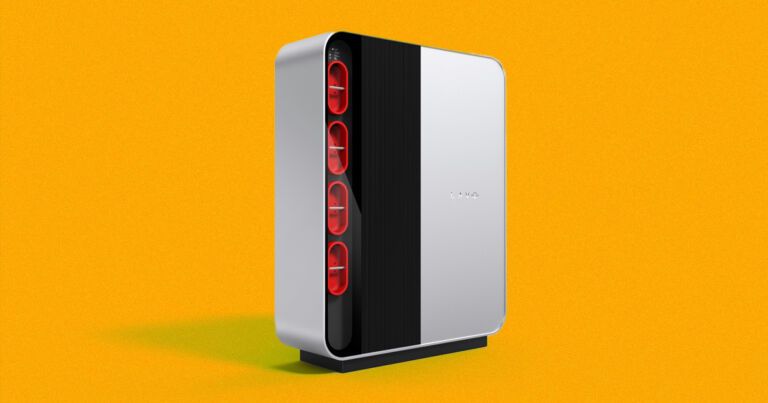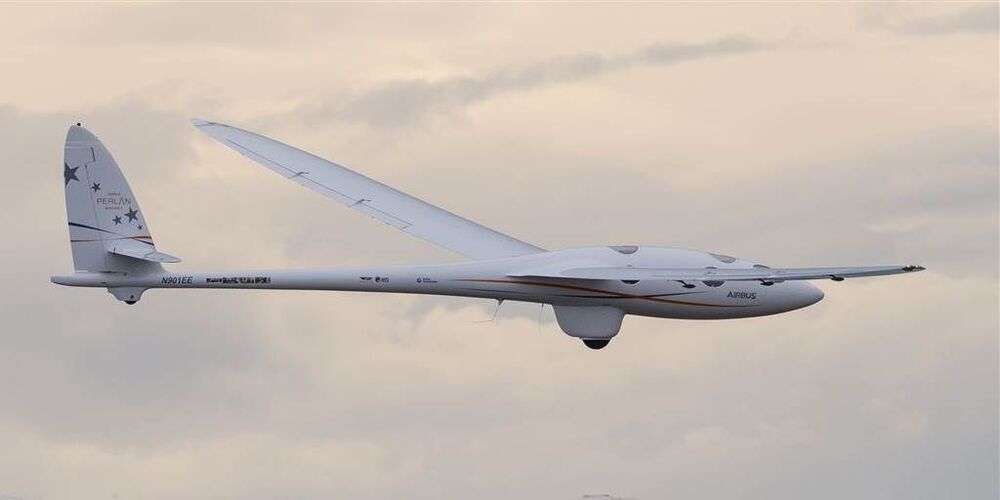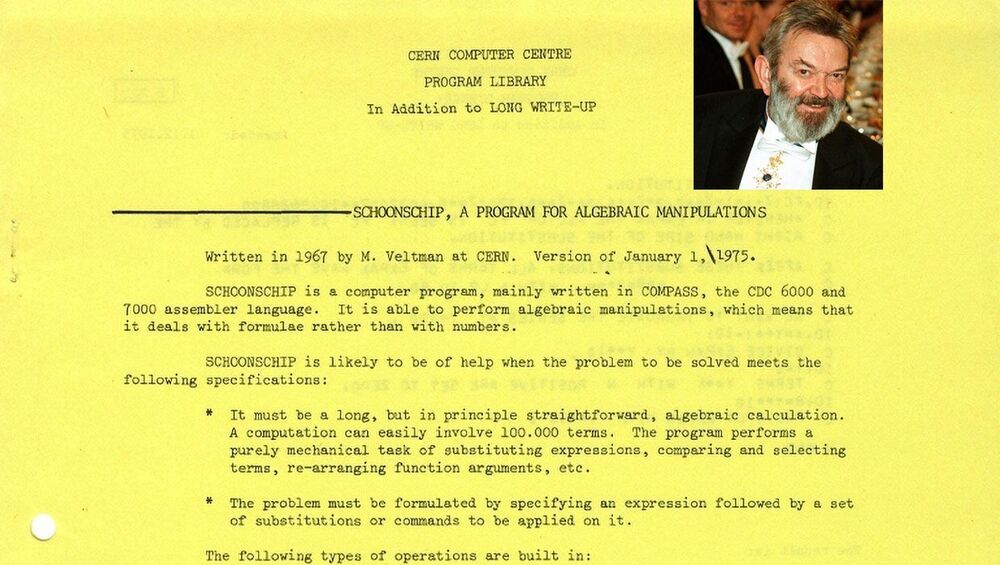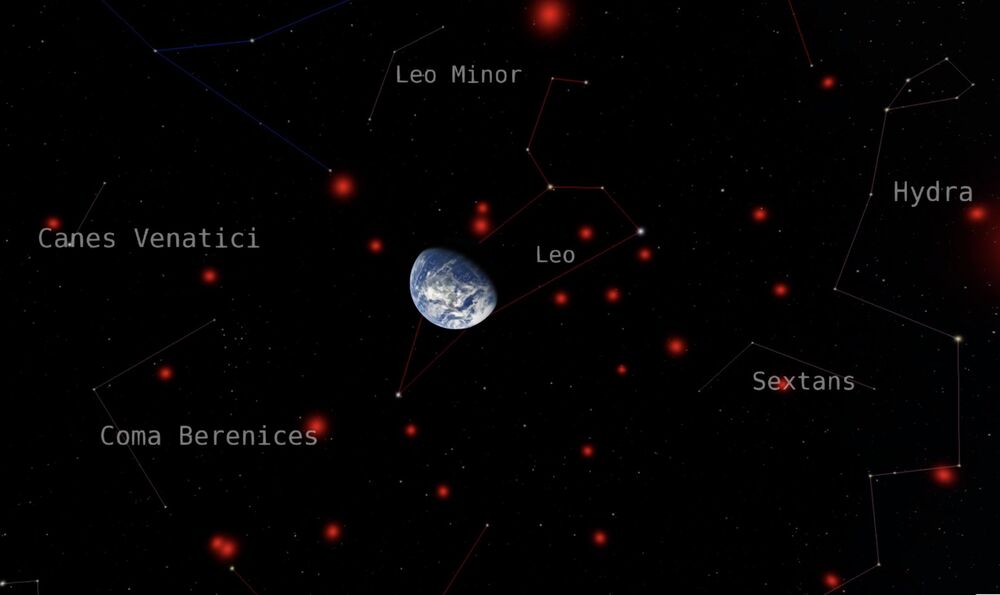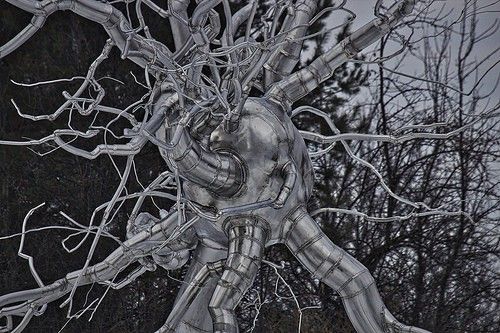Oneskin — the first skin cream that destroys senescent cells:
Longevity, Health, Long Lifespans, and Halthspans, Psychology, Spirituality — I and Carolina Reis Oliveira talk about all these things in relation to the skin. Find out how you can have very healthy skin with OneSkin!
Visit OneSkin’s website — https://www.oneskin.co/
0:00 — Logo & Title.
0:17 — H! & Intro.
1:40 — Presentation.
2:20 — Presentation | Skin Health — Longevity.
3:57 — Presentation | The Root Cause of Aging.
4:46 — Presentation | Senescent Cells.
5:49 — Presentation | Current solutions.
6:32 — Presentation | OneSkin Approach.
7:47 — Presentation | Let’s Dive Deeper into the Science.
9:51 — Presentation | Replicating Skin Aging.
11:42 — Presentation | Developing an Algorithm to Measure Skin Aging.
12:58 — Presentation | A Drug Discovery Process.
14:23 — Presentation | Senotherapeutic Compounds.
15:00 — Presentation | OS1
15:42 — Presentation | OS1 & UVB Radiation.
17:13 — Presentation | OS1 — Validate effects in 3D models.
19:33 — Presentation | OS1 — Treatment in Skin Biopsies.
20:55 — Presentation | OS1 — Safety.
21:43 — Presentation | OS1 — Clinical Study Results.
23:18 — Presentation | OS1 — Applications Beyond Skin.
26:14 — Presentation | Team.
28:07 — Q&A + the Conversation.
28:25 — Futuristic Psychology & Spirituality.
31:34 — Myths Regarding Immortality.
34:20 — The Collective Rejuvenation.
37:10 — Biologic Hygiene.
41:56 — Cellular Senescence.
46:00 — The Molecular Clock.
48:04 — Morphogenesis of a Scar.
51:15 — Differences Between Skin Types on a Body.
52:35 — Skin Types Regarding Different Races.
54:44 — Skin Conditions.
56:03 — Closing & Ending

